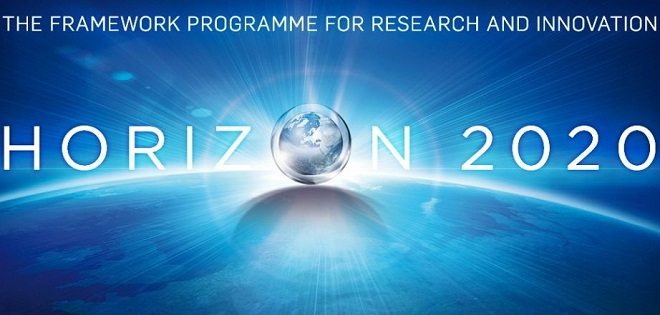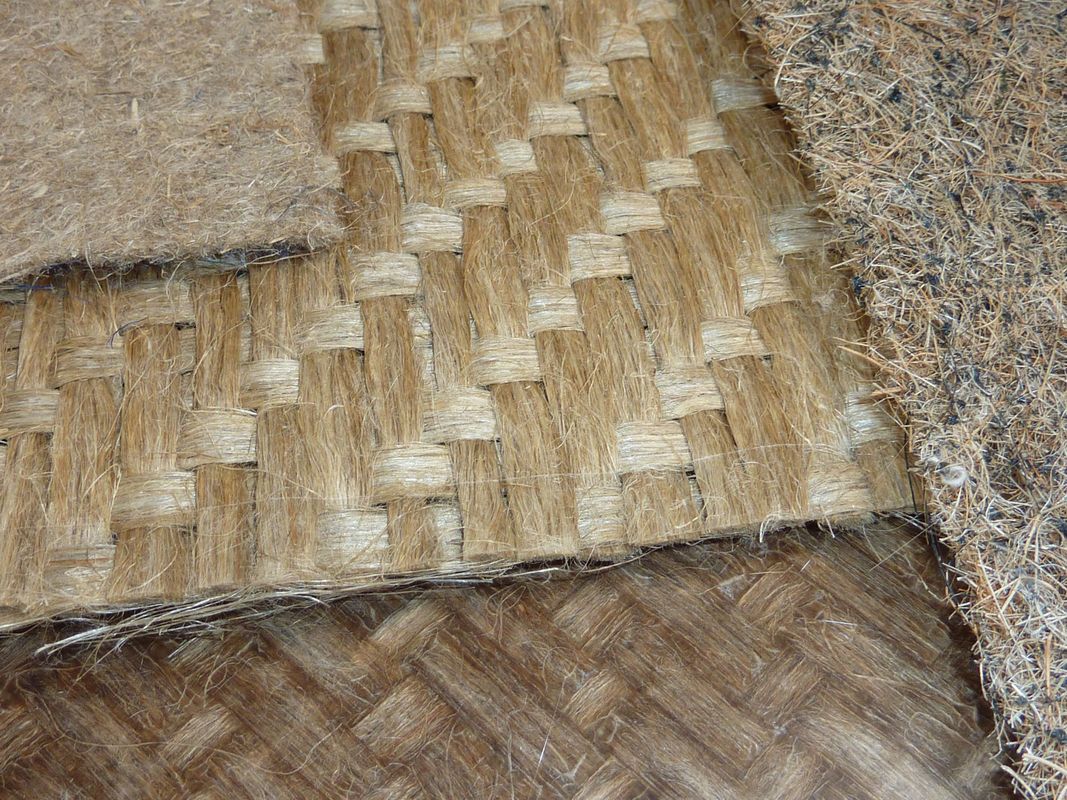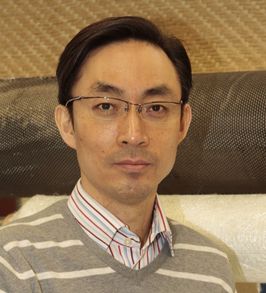IMT to embark on two new H2020 projects on the IoT and 5G
 At the end of May the European Commission announced the results of two joint calls (Europe/Japan and Europe/Korea) of the Horizon 2020 program dedicated to digital technology. Institut Mines-Télécom is taking part in two new projects in the areas of the Internet of Things (South Korea) and 5G (Japan) through the work of researchers at its Télécom SudParis and Eurecom graduate schools.
At the end of May the European Commission announced the results of two joint calls (Europe/Japan and Europe/Korea) of the Horizon 2020 program dedicated to digital technology. Institut Mines-Télécom is taking part in two new projects in the areas of the Internet of Things (South Korea) and 5G (Japan) through the work of researchers at its Télécom SudParis and Eurecom graduate schools.
“After working with Japan on the FP7 NECOMA project focusing on computer security, IMT is embarking on two new European projects with Asia. This makes IMT one of the leading players in collaborative research with Japan and South Korea in the strategic fields of digital technology for Europe”, explains Christian Roux, Director of Research and Innovation. “Developing scientific partnerships with Asia is a matter of great importance to us, as the high-level academic players there will provide crucial support in defining future standards in the areas of the Internet of Things and 5G on a global level.”
[box type=”shadow” align=”” class=”” width=””] The WiseIoT Project (South Korea) and Télécom SudParis
The WiseIoT Project (South Korea) and Télécom SudParis
While work is being carried out to develop benchmark architectures in the Internet of Things, the Wie-IoT project brings together top European and Korean contributions to major activities for IoT standardization. Six European and Korean testbeds will be grouped together and applied to smart cities, leisure, and health in order to demonstrate the flexibility of the IoT’s global services. A substantial dissemination plan has been put in place for standardization in particular and will reach its culmination during the Winter Olympic and Paralympic Games in PyeongChang.
The consortium comprises prestigious research institutions, SMEs and a wide range of industries from Europe (EGM, IMT, NEC Europe, Telefonica, CEA, University of Cantabria, Liverpool John Moores University, Ayuntamiento de Santander, FHNW) as well as from Korea (Sejong University, KAIST, KNU, KETI, Sktelecom, Samsung, Axston, KT Corporation., GimpoBigData). The Wise-IoT environment will support SMEs and start-ups from these two regions in their efforts to penetrate the industrial sector of the IoT, by giving them access to a platform providing interoperability between heterogeneous data in smart environments.
Wise IoT is integrated in the IMT-run French-Korean laboratory ILLUMINE (http://illumine.wp.tem-tsp.eu/). Télécom SudParis will contribute its expertise in Social IoT and semantics and will manage an inclusive approach combining social networks and the IoT.[/box]
[box type=”shadow” align=”” class=”” width=””] The 5G Pagoda Project (Japan) and Eurecom
The 5G Pagoda Project (Japan) and Eurecom
The Pagoda project involves European partners such as Ericsson, the Aalto University in Finland, Eurecom, Orange Poland, the Fraunhofer Fokus along with two Swiss SMEs and Japanese partners: Tokyo and Waseda universities, the operator KDDI, Hitachi and NEC.
The project’s goal is to create a virtual mobile network which can be deployed upon request, dedicated to an application (through idea of Network Slicing), during the Tokyo Olympic Games in 2020. To this end several technologies will be explored and used: Software Defined Networking (SDN), Network Function Virtualization (NFV) and Mobile Edge Computing (MEC).
Eurecom will contribute its expertise in network softwarization (SDN, NFV et MEC) and its Open Air Interface (OAI) tool to create solutions defined during the project on an open source 5G platform.[/box]



 A complete understanding of the long-term behavior of these materials and their assemblies is crucial for the development of industrial applications, but these aspects are difficult to predict for these new materials with such a short history (unlike metals). In order to monitor how these industrial parts evolve over several decades (the operational life of a civil aircraft for example), nondestructive testing must be carried out over the service life, today. The Composites and Hybrid Structures group is working on the possibility of removing this expensive and tedious nondestructive testing by integrating in-situ sensors in the structure of the material itself, making it a smart composite which can be remotely monitored online.
A complete understanding of the long-term behavior of these materials and their assemblies is crucial for the development of industrial applications, but these aspects are difficult to predict for these new materials with such a short history (unlike metals). In order to monitor how these industrial parts evolve over several decades (the operational life of a civil aircraft for example), nondestructive testing must be carried out over the service life, today. The Composites and Hybrid Structures group is working on the possibility of removing this expensive and tedious nondestructive testing by integrating in-situ sensors in the structure of the material itself, making it a smart composite which can be remotely monitored online.




